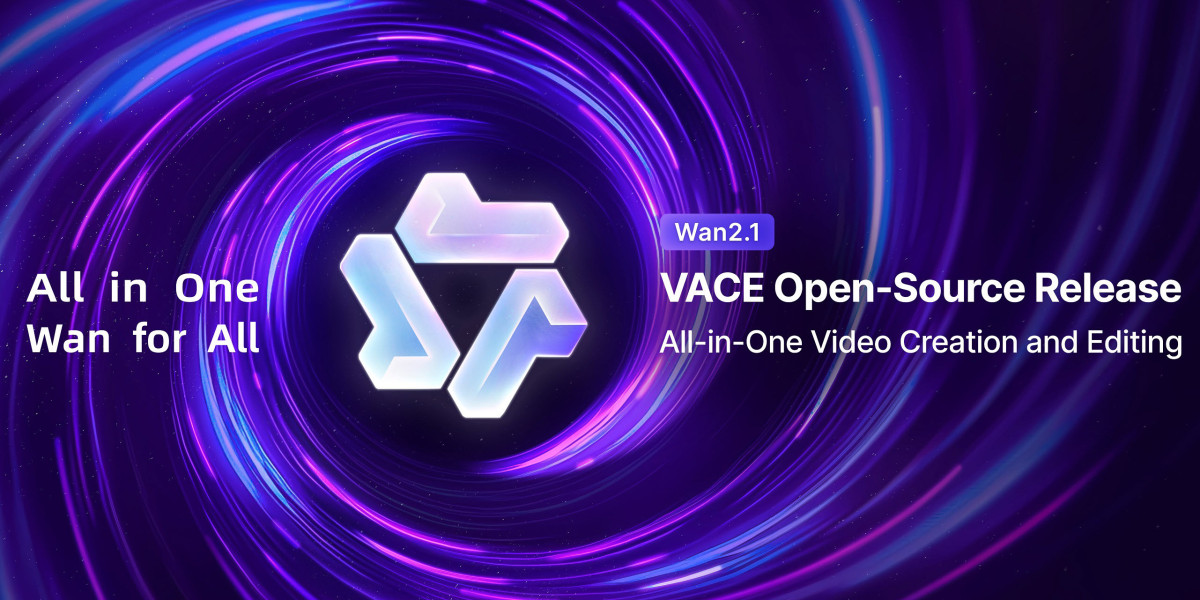Introduction
As artificial intelligence becomes an increasingly integrated part of our digital lives, a new need has emerged—the ability to detect AI-generated content. Whether it’s written articles, artwork, deep fake videos, or social media posts, the rise of AI-generated media has led to growing concerns about authenticity, misinformation, and academic integrity. This is where detector de ia, or "Detector de IA" in Spanish, play a crucial role.
What Is a Detector de IA?
An AI detector is a software application developed to examine digital material and assess whether it was created by a human or produced by an artificial intelligence system. Detection systems rely on machine learning, language processing, and statistical modeling to identify patterns typical of AI-created content.
AI detection tools come in multiple forms, with each one specialized for identifying AI-generated content in specific media formats.
Text detectors for identifying AI-written content (e.g., from models like ChatGPT or GPT-3).
Detection tools are being developed to tell the difference between authentic photographs and AI-created images.
Deep fake detectors that analyze videos and audio for signs of manipulation.
Why Are Detectors de IA Important?
The need for AI detectors has surged for several reasons:
Academic Integrity
As more students turn to AI tools for writing essays and solving assignments, schools and universities are struggling to uphold fair assessment practices. AI detectors help teachers and professors identify assignments that may not have been completed independently.
Fake News and Misinformation
AI-generated articles and fake news stories can spread rapidly on the internet. Detectors help fact-checkers and journalists identify suspicious content and take appropriate measures before false information goes viral.
Content Authenticity
For writers, marketers, and online creators, maintaining original and human-written content is key to building trust. AI detectors allow professionals to verify the authenticity of their work or ensure that outsourced content is not AI-generated.
Security and Ethics
Deepface videos and audio clips can be used for malicious purposes, including fraud, blackmail, or political manipulation. AI detection tools act as a safeguard, helping to prevent the misuse of technology for unethical purposes.
How Do Detectors de IA Work?
While each detector de IA may use slightly different methods, most follow these general principles:
Linguistic Analysis
AI-generated text often exhibits certain patterns, such as:
Overuse of common phrases
Lack of personal experience or emotional nuance
Predictable sentence structures
AI detectors analyze these characteristics to make predictions.
Statistical Fingerprints
AI models tend to generate content with certain statistical patterns, such as uniform sentence length or consistent use of vocabulary. By analyzing distinctive data trends, detectors can identify whether a piece of content was created by a person or an AI system.
Training the Detection Model
Certain detectors are developed using extensive datasets that include examples of both human-created and AI-generated content. They learn to recognize subtle differences in tone, structure, and complexity.
Watermarking Techniques
Some newer AI models insert invisible watermarks or metadata into generated content. AI detectors can read this hidden data to confirm whether the content originated from an AI.
Popular AI Detection Tools
Here are a few well-known AI detector tools in the market:
The AI Text Classifier from OpenAI aims to distinguish between content created by artificial intelligence and that written by people.
ZeroGPT: A widely used tool in education and publishing for detecting GPT-generated content.
GPTZero: Especially popular among teachers for catching AI-written student assignments.
Hive AI: A robust tool for detecting deep fakes and synthetic media.
Each tool has its strengths and limitations, and detection accuracy can vary depending on the type of content and the AI model that generated it.
Limitations and Challenges
While AI detectors offer valuable insights, they aren't always 100% accurate. Here are a few challenges:
False Positives and Negatives
SAI detectors can occasionally mislabel content, flagging human work as AI-generated or vice versa, which may cause unnecessary confusion or unwarranted blame in academic or professional environments.
The Rapid Advancement of AI Models
As AI models become more advanced and human-like, it becomes harder to detect their outputs. Detectors must constantly be updated to keep up with the latest generative models.
Bypassing Detection
Several tools now exist that modify AI-generated content to make it appear more natural and human-like. This ongoing battle constantly challenges the boundaries of both AI detection and evasion tactics.
The Future of AI Detection
As generative AI advances, the tools developed to oversee its application will also progress. The future may bring:
Integrated detection in platforms like Word, Google Docs, or social media.
AI systems are becoming more transparent by embedding clear markers in the content they generate.
New laws and policies are being proposed to require clear labeling of AI-created content.
Some researchers are also exploring ethical frameworks and policies to ensure AI is used responsibly across sectors.
Final Thoughts
As generative AI moves forward, the mechanisms created to track and control its usage will evolve alongside it. They offer a way to preserve truth, verify originality, and uphold ethical standards in an age where machines can convincingly mimic human creativity. While no detector is perfect, they are an important part of the solution in managing the growing influence of artificial intelligence in our daily lives.
For more and latest articles click here.








